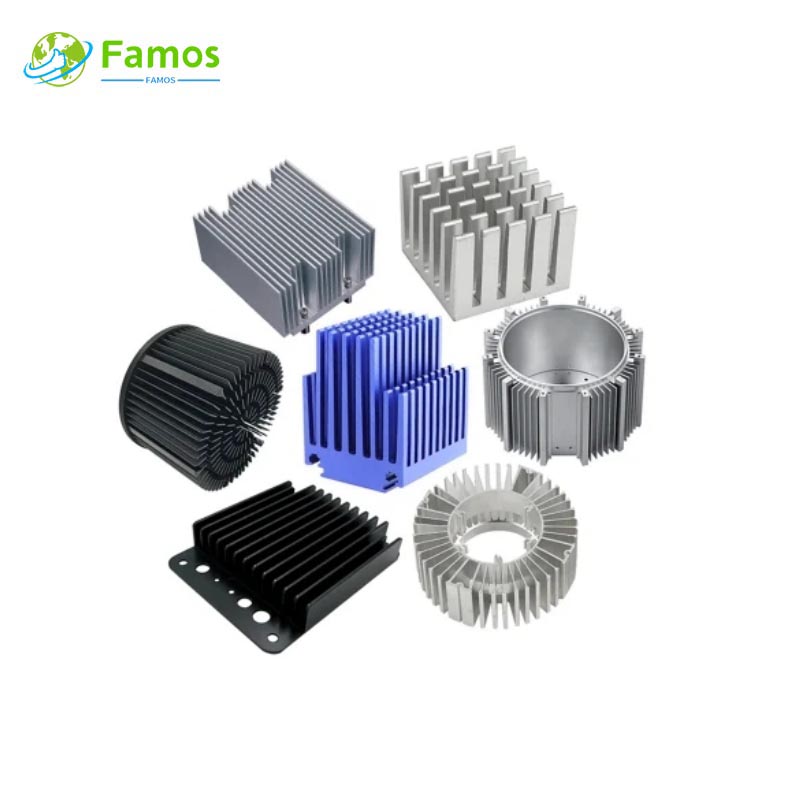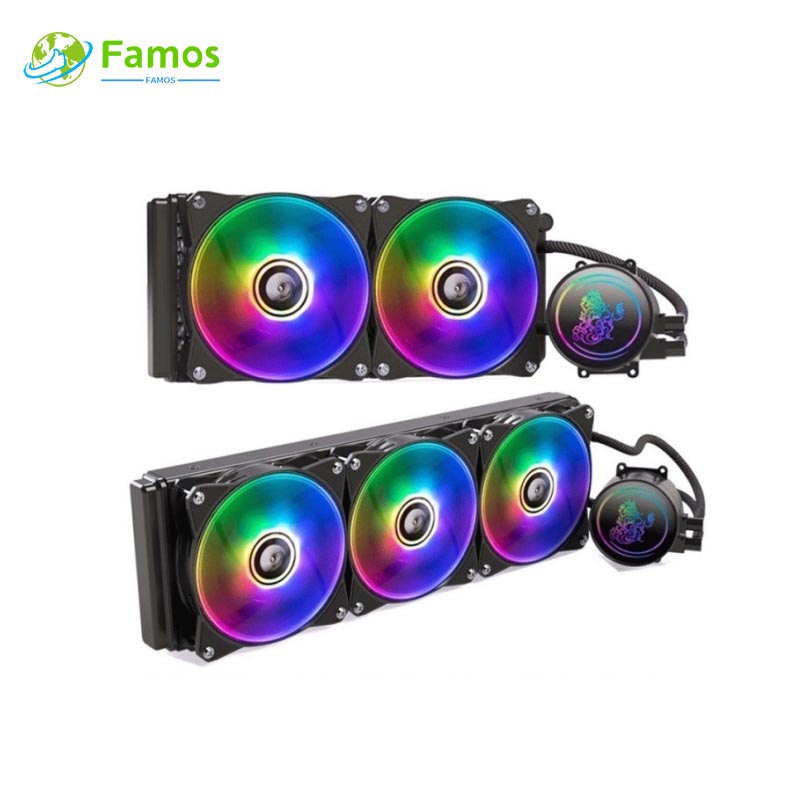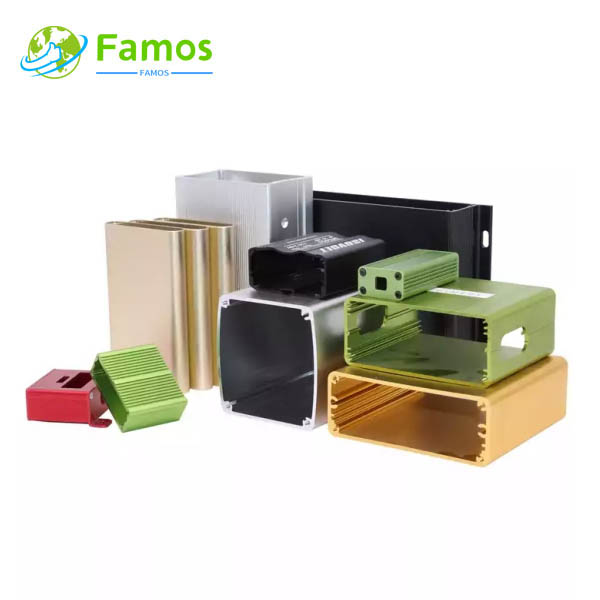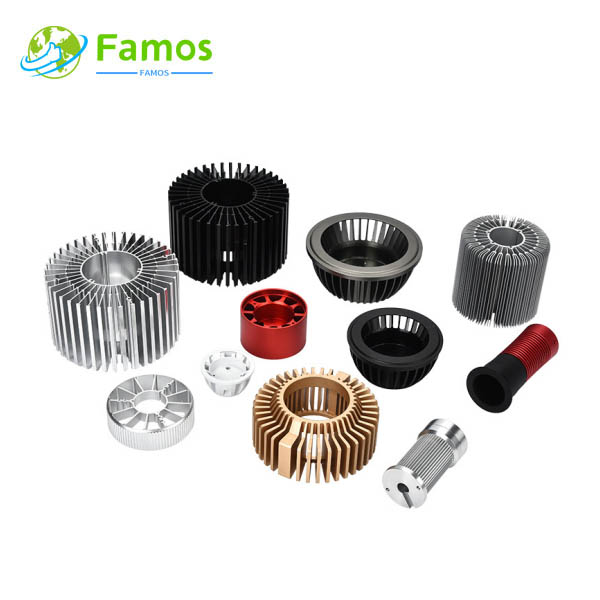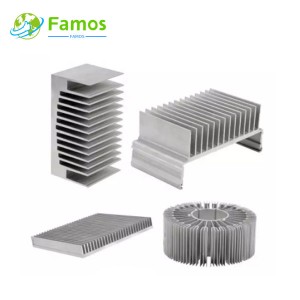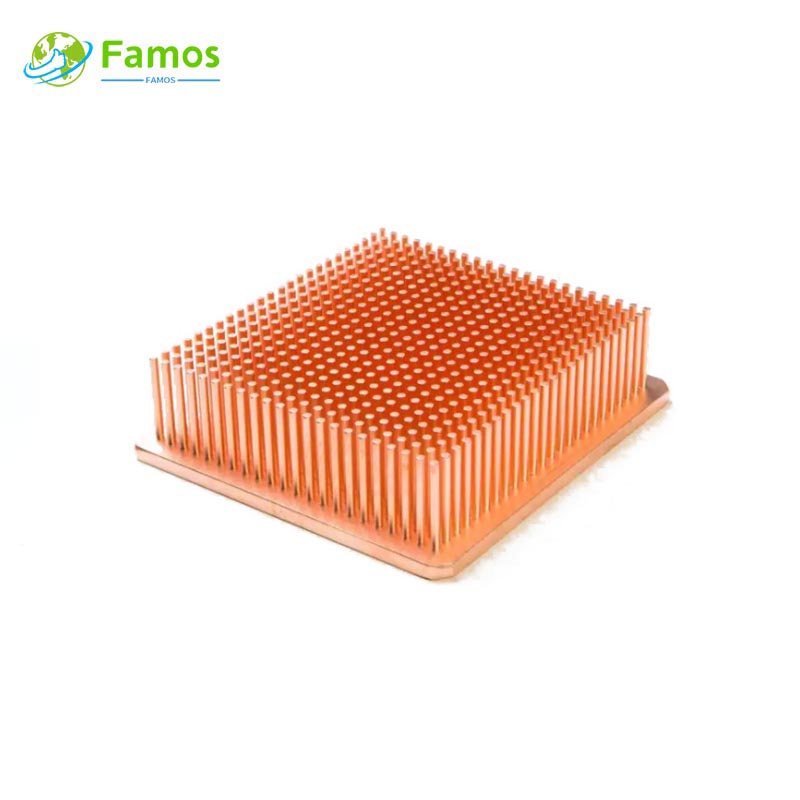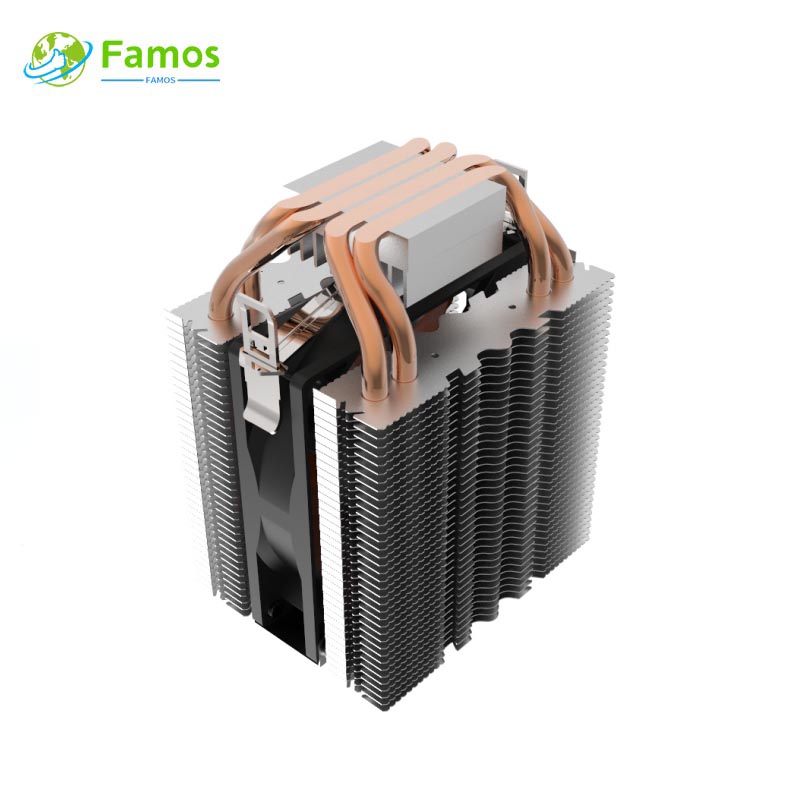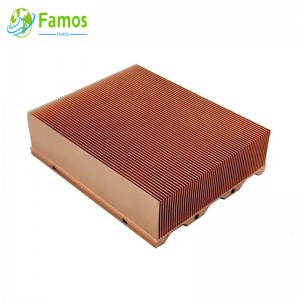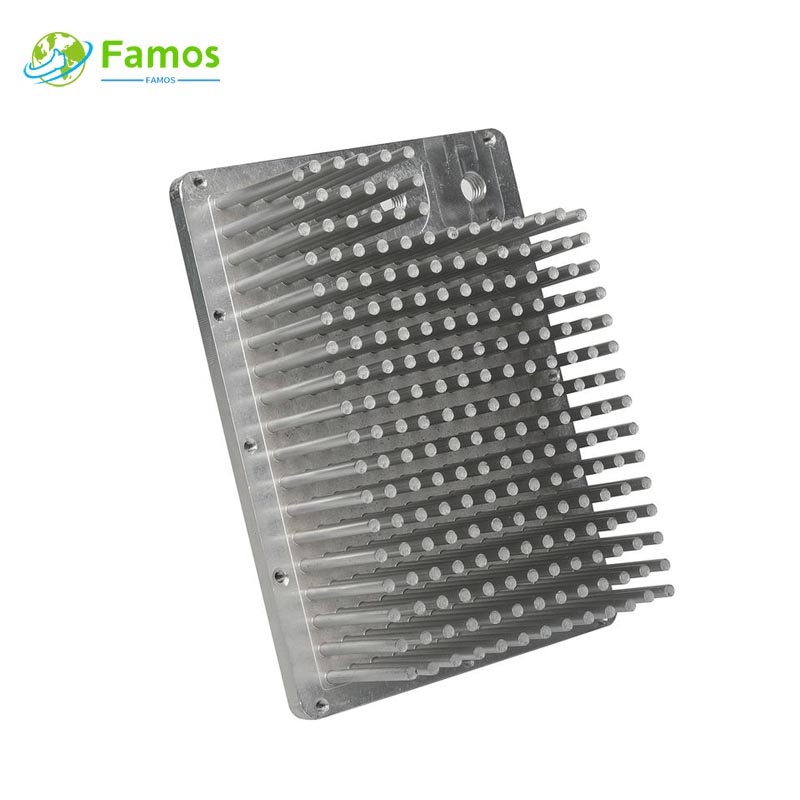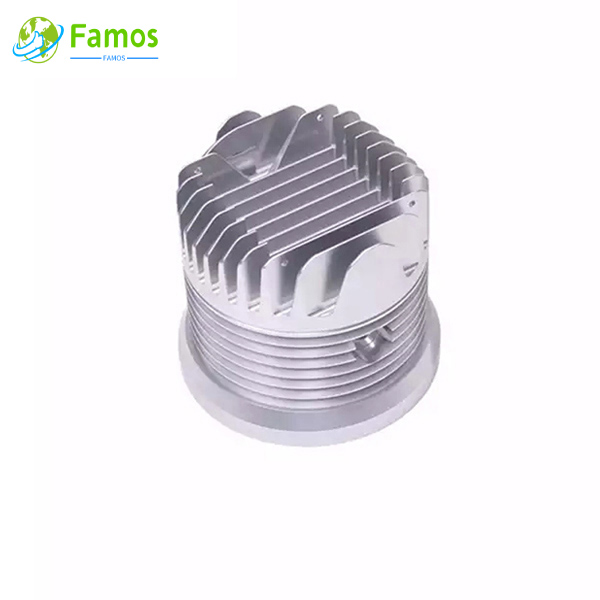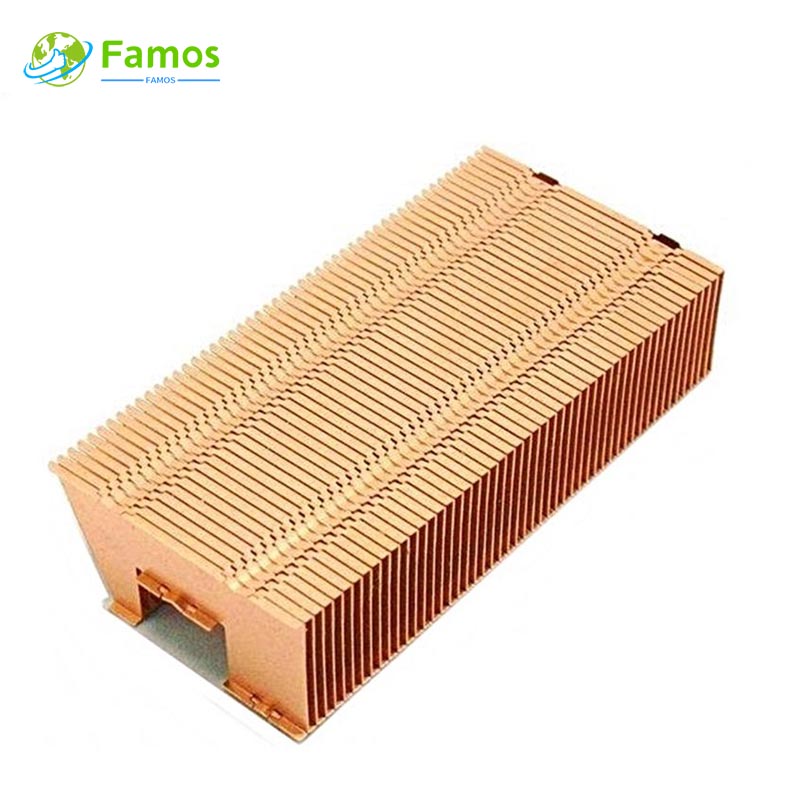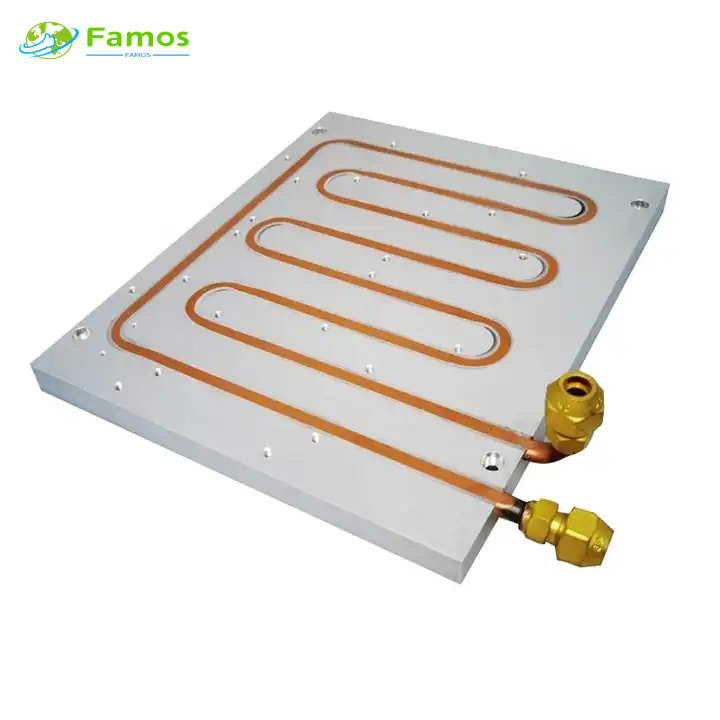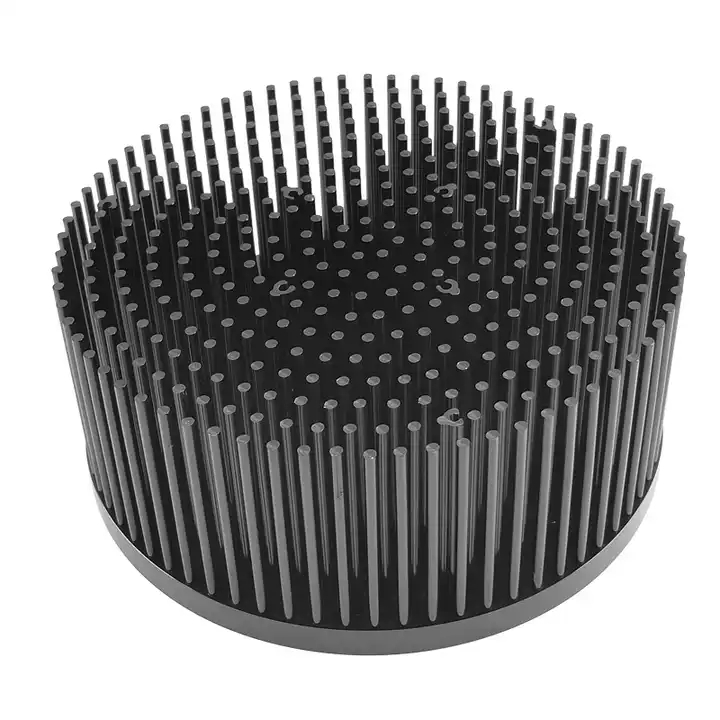
Forging and pressing at room temperature (lower than the recrystallization temperature of the metal) results in high precision in product shape and size, good internal density, high strength, smooth surface, and fewer processing steps, making it easy for large-scale production.
1. Good thermal conductivity
Cold forged heat sinks can be extruded using pure aluminum AL1070 and 1050 in one piece. The thermal conductivity of pure aluminum AL1070 is 226W/m.k, alloy aluminum (6063) has a thermal conductivity of 180W/m.k, while ordinary die cast aluminum (A380) has a thermal conductivity of only 96W/m.k. The larger the thermal conductivity, the faster the heat released by LEDs can be transmitted, which is more conducive to the overall heat dissipation of LED lamps.
2. Multiple material choices
The cold forging mold can use AL1050 series materials, or AL6063 series materials to forging heatsinks. The two materials can share a set of molds to increase customer choices and meet different needs!
3. Excellent heat dissipation structure
The base plate (bottom plate) of the cold forged heatsink is integrally formed with the fins, and there is no gap between them. The heat from the substrate can be transmitted to the heat dissipation fins without obstruction. However some bonded or brazed heat sinks, whose heat dissipation substrate and heat dissipation fins are riveted or brazed together after machining, must have gaps between them; The indirect thermal resistance is generated. At the same time, the thermal expansion during the use of lamps will also lead to the generation and enlargement of gaps, which will increase the thermal resistance and is not conducive to heat transmission.
4. Abnormal product structure
The upper and lower parts of the bottom plate can be formed into anisotropic structures through cold forging technology, and the two sides can also be stamped into special shapes
5. Large heat dissipation area
The thickness of the heat dissipation fins of thecold forging heat sink can reach 0.7mm, and the spacing can reach 1mm. The thin and numerous heat dissipation fins greatly increase the contact area with the air, which is more conducive to air convection and heat dissipation.
6. Diversified fins
The cold forging process can meet various shapes of fins, such as cylindrical, sheet shaped, square column, hexagonal column, etc
7. Large size heat sink
The cold forging process and atmospheric pressure equipment of over 3000 tons can be formed in one go to meet larger sizes of 260 * 260 or more,
8. High aspect ratio
The aspect ratio of cold forged heatsinks is above 1:50, while extrusion heat sink is generally around 1:25
9. Multi directional inlet and outlet air
The air inlet and outlet direction of thecold forging heatsink is three-dimensional. Ordinary extrusion is two-dimensional inlet and outlet air flow to better adapt to the environment and achieve better heat dissipation.
10. Structural anisotropy
The cold forging heat sink is formed by forging and pressing the mold, so it can be processed on the mold to ensure the appearance of a heterostructure on the back of the substrate, in order to better combine with the heating element.
11. Small size and light weight
Compared to die-casting, extrusion heatsinks and brazed parts, pure aluminum cold forged heat sinks have the above advantages. Same volume and shape heat sinks can be used for heat dissipation of high-power lamps (such as traditional 5W heatsinks, while pure aluminum forged heatsinks with the same volume and shape can achieve 7W). Therefore, using pure aluminum cold forged heat sinks will reduce the weight and volume of LED lamps, reduce the requirements for appearance such as lamp columns, and achieve a reduction in overall cost, making the product more competitive!
12. Exquisite appearance
The heatsink material is aluminum, and the surface can be anodized to achieve a smooth and beautiful appearance. Different colors (silver, white, black, etc.) can also be anodized according to customer needs. The surface of die-casting aluminum is rough and requires spraying treatment, which is not conducive to heat dissipation.
13. High performance
High conductivity ,high dimensional accuracy and stability, stable performance, and easy surface treatment. According to measurements, the heat dissipation performance of pure aluminum cold forging is 2 times higher than that of the same type of die-casting products, and 1 time higher than that of the same type of aluminum profile products. It is currently the best solution for heat dissipation of high-power LED lighting fixtures.
If You Are in Business, You May Like
Types of Heat Sink
In order to meet different heat dissipation requirements, our factory can produce different type heat sinks with many different process, such as below:
Post time: May-04-2023

